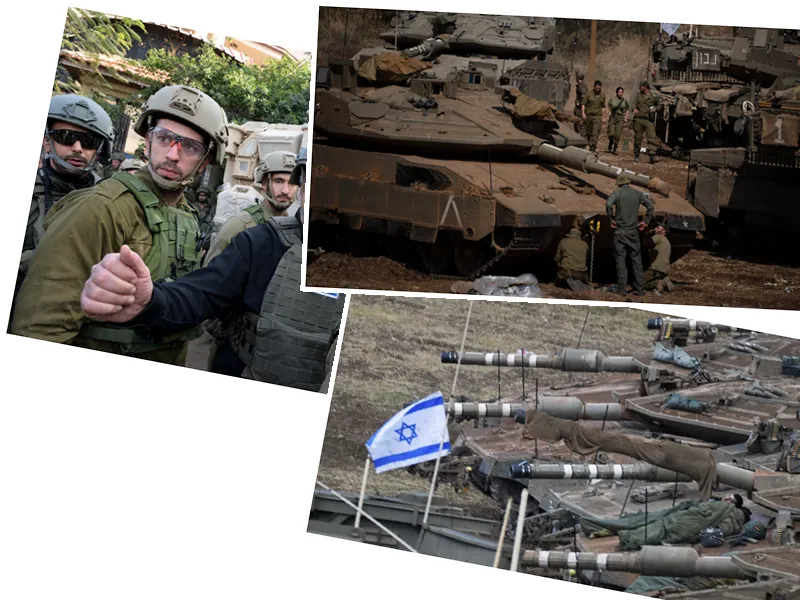Hezbollah's Defensive Strategies on the Southern Lebanon Front
Military and strategic expert Colonel Hatem Karim Al-Falahi has provided insights into Hezbollah's defensive strategies along the southern Lebanon front, emphasizing the complexity and depth of these tactics. According to Al-Falahi, the defensive posture of Hezbollah is built upon three fundamental principles: comprehensive defense in all directions, strategic depth, and mutual support among controlled areas.
Recent developments have shown increased pressure from the Israeli army attempting to breach Hezbollah's defensive lines, particularly in the western sector. Key highland areas such as Maroun al-Ras, Mays al-Jabal, Adaisseh, Kfar Kila, and Aita al-Shaab are deemed critical for Hezbollah’s defense, as they can support each other in case of an incursion, allowing for coordinated counterattacks on advancing forces.
The Israeli strategy involves controlling border areas up to five kilometers into Lebanese territory, focusing on high ground that serves as gateways for deeper incursions. Al-Falahi warns of the Israeli army's use of deception tactics, which may include launching attacks on multiple fronts to identify weak points in Hezbollah’s defenses, ultimately aiming for a concentrated attack on a vulnerable axis.
Furthermore, Al-Falahi discusses Israel's stance on international forces, particularly UNIFIL, suggesting that Israel views Resolution 1701 as expired and seeks to eliminate these forces from the region. This move is seen as a precursor to establishing military zones that could facilitate deeper Israeli operations in Lebanon. The western sector, being a critical site for international forces, may become a focal point for any future Israeli incursions, potentially escalating tensions in the region.





